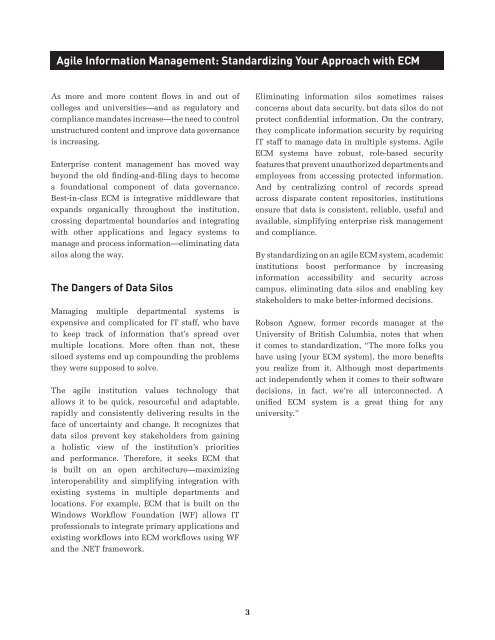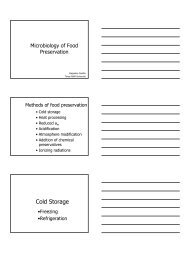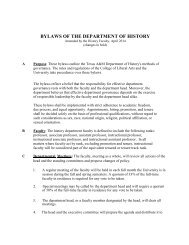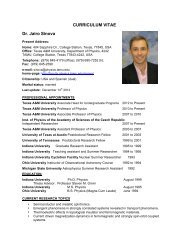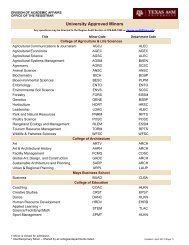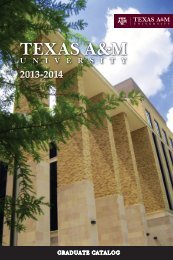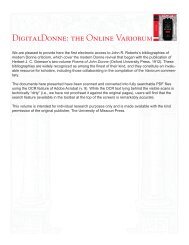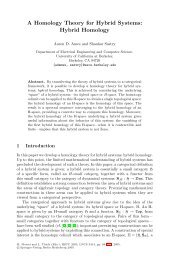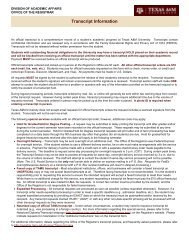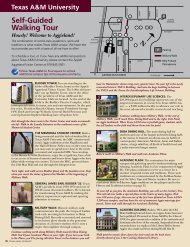ECM Agility for Higher Education - Laserfiche Shared Service ...
ECM Agility for Higher Education - Laserfiche Shared Service ...
ECM Agility for Higher Education - Laserfiche Shared Service ...
You also want an ePaper? Increase the reach of your titles
YUMPU automatically turns print PDFs into web optimized ePapers that Google loves.
Agile In<strong>for</strong>mation Management: Standardizing Your Approach with <strong>ECM</strong>As more and more content flows in and out ofcolleges and universities—and as regulatory andcompliance mandates increase—the need to controlunstructured content and improve data governanceis increasing.Enterprise content management has moved waybeyond the old finding-and-filing days to becomea foundational component of data governance.Best-in-class <strong>ECM</strong> is integrative middleware thatexpands organically throughout the institution,crossing departmental boundaries and integratingwith other applications and legacy systems tomanage and process in<strong>for</strong>mation—eliminating datasilos along the way.The Dangers of Data SilosManaging multiple departmental systems isexpensive and complicated <strong>for</strong> IT staff, who haveto keep track of in<strong>for</strong>mation that’s spread overmultiple locations. More often than not, thesesiloed systems end up compounding the problemsthey were supposed to solve.The agile institution values technology thatallows it to be quick, resourceful and adaptable,rapidly and consistently delivering results in theface of uncertainty and change. It recognizes thatdata silos prevent key stakeholders from gaininga holistic view of the institution’s prioritiesand per<strong>for</strong>mance. There<strong>for</strong>e, it seeks <strong>ECM</strong> thatis built on an open architecture—maximizinginteroperability and simplifying integration withexisting systems in multiple departments andlocations. For example, <strong>ECM</strong> that is built on theWindows Workflow Foundation (WF) allows ITprofessionals to integrate primary applications andexisting workflows into <strong>ECM</strong> workflows using WFand the .NET framework.Eliminating in<strong>for</strong>mation silos sometimes raisesconcerns about data security, but data silos do notprotect confidential in<strong>for</strong>mation. On the contrary,they complicate in<strong>for</strong>mation security by requiringIT staff to manage data in multiple systems. Agile<strong>ECM</strong> systems have robust, role-based securityfeatures that prevent unauthorized departments andemployees from accessing protected in<strong>for</strong>mation.And by centralizing control of records spreadacross disparate content repositories, institutionsensure that data is consistent, reliable, useful andavailable, simplifying enterprise risk managementand compliance.By standardizing on an agile <strong>ECM</strong> system, academicinstitutions boost per<strong>for</strong>mance by increasingin<strong>for</strong>mation accessibility and security acrosscampus, eliminating data silos and enabling keystakeholders to make better-in<strong>for</strong>med decisions.Robson Agnew, <strong>for</strong>mer records manager at theUniversity of British Columbia, notes that whenit comes to standardization, “The more folks youhave using [your <strong>ECM</strong> system], the more benefitsyou realize from it. Although most departmentsact independently when it comes to their softwaredecisions, in fact, we’re all interconnected. Aunified <strong>ECM</strong> system is a great thing <strong>for</strong> anyuniversity.”3


